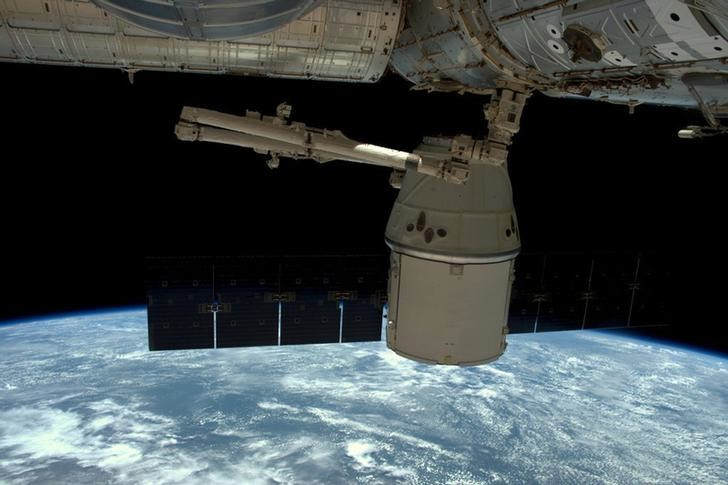For years, human-made objects such as old satellites and spacecraft parts have been piling up in low Earth orbit until they degrade, deorbit, burst, or collide with other objects, fragmenting into smaller bits of waste.
For example, in 2019, India blew up one of its orbital satellites, resulting in hundreds of pieces of debris that threatened to collide with the International Space Station.
At least 26,000 of the millions of bits of space junk are the size of a softball, according to a recent NASA report. They could "destroy a satellite on impact" as they orbit at 17,500 mph. Because of their potential to impact protective systems, fuel tanks, and spacecraft cabins, over 500,000 fragments pose a "mission-ending threat."
It's finally time to take out the space trash. In fact, it's been long overdue.
On March 22, Astroscale, a Tokyo-based startup working with Japan's space agency, JAXA, launched the End of Life Services by Astroscale demonstration, or ELSA-d, a magnetic space trash picker-upper.
Two spacecraft are involved in the project. One is a 386-pound magnet-armed servicing satellite the size of a mini-fridge. The other is a smaller, 37-pound client satellite with a circular magnetic plate that is shaped like multiple pizza boxes stacked on top of each other.
Their first flight is a demonstration mission to see how well the larger satellite can chase and catch the smaller one, which is serving as a practice target. The two were attached when they deployed, but once all of the systems have been tested, the servicer will release the client into its own orbit in a few months.
Ground controllers can maneuver them into a rendezvous so that the magnet on the larger satellite can connect itself to the plate on the smaller one.
"While leading the way in proving our debris removal capabilities, ELSA-d will also propel regulatory developments and advance the business case for end-of-life and active debris removal services," Nobu Okada, Astroscale founder and CEO, said in the statement.
"This successful launch brings us closer to realizing our vision of securing the safe and sustainable development of space for the benefit of future generations."





